Are you relying upon ebay as a source of small lots of silver, that you hope to win at a small premium to melt, or perhaps even below? I suspect that's the intent of several posters at two different precious metals forums I am a member of, realcent.org and bullionstacker.com. Not so much the members of the latter group, as they tend to buy, sell, and trade amongst each other, or participate in "group buys" so as to qualify for the minimum purchase requirements from online precious metals dealers, or private mints, that would otherwise present a formidable barrier to the small budget collector.
But members at realcent frequently brag of their "finds" on ebay, recounting how they were able to place a winning bid at such and such a percentage below melt, or combine any number of discounting mechanisms to realize a substantially reduced final cost. This rodomontage, more often than not, is boasting regarding silver rounds, in small lots. The American Silver Eagle is one of the most widely produced one troy ounce silver rounds, more ubiquitous than even its darling sister to the North, the Canadian Maple Leaf, and more often than not the threads are about one of these two coins.
But occasionally someone will post about a seemingly great deal they just scored on a silver round that is a bit more arcane in nature, the Engelhard Silver Prospector. Popular following the previous Hunt Brothers induced silver run-up, these rounds, produced by Engelhard from 1982 until 1987, are sought after collectibles, due to their scarcity and thus difficulty of acquisition. Did I say scarcity? Aren't there 219 individual listings on ebay right now, if you search for Engelhard Silver Prospector by each individual year of issue? And even more if you search with less stringent fields?
Did I previously mention a seemingly great deal? What you are buying on ebay might be a great deal, but for the seller, and not so the buyer. I'm not too sure about this Albert, and correct me if I'm wrong, but shouldn't silver-plated brass be a lot cheaper than silver, per troy ounce? Chances are good, no... make that very very bad, that the great deal on the Prospector you just won is only a piece of brass or copper with a 100 mill coating of silver, that looks alot like an authentic round. So much so, that it has fooled most of the people buying and selling on ebay.
If I'm right, and here I'm depending on the corroborative evidence describing these fake Prospectors, then the counterfeits appear to have less detail on them, suggesting that they were made from a mold. http://www.infobarrel.com/Beware_of_fake_silver_bullion The ripples in the water are less defined, there are fewer wrinkles in the upper right arm of the prospector, and fewer creases in the leg of his upright leather boot. One detail, which is telling in its absence, is the presence of four or five tiny horizontal ripples that descend in vertical fashion, and measure less than one millimeter, to the left of the miner's pan. According to the links posted, this detail is missing on the fakes.
So, bearing these parameters in mind, I set about to determine how many listings on ebay might be vending counterfeit Prospectors. It would be unfair to characterize these sellers as con men, as they very well might not realize they are selling suspect coins. Some of the biggest power sellers on ebay, some with positive feedback in excess of 15,000, are among the "guilty" parties. Rather than alleging that they are selling fakes, let us proceed to christen the "authentic" Prospector as Type 1, and the round with less details, described as fake by others, as Type 2.
After examination of all the images that were clear enough to differentiate Type 1 from Type 2, I was able to establish an incredibly high percentage of potential fakes being sold online. If this is true, than the Chinese criminal enterprises that are alleged to be fabricating these counterfeits have flooded the markets with them. Of the 219 listings I scrutinized, 167 are Type 2. If this is true, and this means of identification is valid to detect faux silver, then it means that greater than 76% of the Prospectors listed on ebay are fakes! You have less than a one in four chance of finding silver, if you're panning the Engelhard River on ebay!
I originally began to look into this after being alerted that fake 1984 Prospectors have been found. Videos on youtube depict individuals grinding down the silvery exterior layer on some of these suspect coins, only to find a core of brass-colored metal. But if what this reviewer found to be key to identifying the fakes (Type 2) is true http://reviews.ebay.com/Beware-of-Fake-Engelhard-Silver-Rounds-1?ugid=10000000100176930 then one can no longer trust the secondary market as a source for investment grade silver, if they be Prospectors.
Are the 1984 issues the only ones whose provenance is controversial? No. I looked at 105 listings for 1982, only four of them were authentic (Type 1). Of the 1983 listings, there was only one, and it was Type 2, even though it is wrapped in factory sealed plastic. http://www.ebay.com/itm/1982-Sealed-Eng ... 3a6fb26a8b Of the 1984 listings, there were only three Type 1 out of 37 listings. The 1985 listings revealed 35 Type 1, and 22 Type 2. 1986 showed twelve listings with the findings evenly divided, six each.
1987, the last year the silver Prospector was released by Engelhard, there were three Type 1, and four "fakes" Type 2. One of the Type 2's is in this cardboard-enclosed set disseminated by Whitman Coin Products.. Was their company duped as well, by fakes that were present even then, back in 1987? http://www.ebay.com/itm/1987-RED-BOOK-M ... 5ae10270cb Or, is there more to this story? Is it possible that there are two types of coin, both authentic?
I suspect this speculation might be true, that both types can be authentic, and that the cause of the blurred features on the Type 2 could possibly be due to tired dies late in production. I decided to conduct some experiments. I attempted to test the specific gravity of both types, following instructions on a youtube video, and my results were inconclusive. On the two coins I tested the result for both was 10.4667, pure silver should be 10.5. But this test was conducted on one of each type. Of the 21 coins that I personally had at hand all were nearly identical in wt at 31.1, or 31.2 grams. One weighed 31.3.
I conducted a ring test on these coins. Some of them, when balanced upon a fingertip and struck with another coin, produced a rich resonant timbre that endured more than a few seconds. Others produced only a short plink. Again, both types produced contradictory evidence. I don't wish to conduct destructive tests to reveal the interior of the rounds, nor do I wish to drip nitric acid upon them to see if a color change would indicate their purity. But tomorrow, I think I'll go pick up a rare earths magnet and conduct that test.
There's much more to this story than first meets the eye, and if indeed the Chinese counterfeits pervade our supply to the degree suggested by the physical description of the Type 2 round, then we are all in deep feces. How many dollars have been lost to the supply and demand equation, that would otherwise have lifted silver prices higher if demand wasn't being funneled away and being satisfied by fakes? How many small scale buyers, once discovering they were duped, will remain in the silver pits of ebay mining for more ore?
For now, until substantive examination can provide more concrete evidence, one would do well to exercise caution. Buy a different round for now, until these charges are proven invalid. Purchase directly from known, trusted online precious metals dealers. There are many reputable ones, just a few of which are APMEX, Tulving, Provident Metals, and Gainesville Coins. Make sure they offer a money-back guarantee. Follow these simple guidelines and you should be safe. For if you don't, sooner or later a true piece of junk silver will wind up in your hoard, and you will be hard pressed to get your money back. I guarantee it.
Saturday, January 28, 2012
Subscribe to:
Post Comments (Atom)



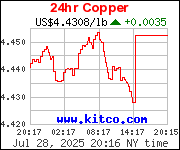


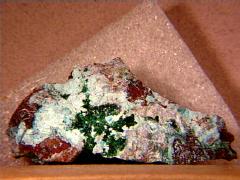

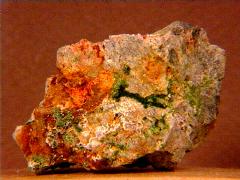
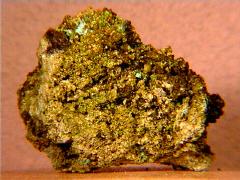
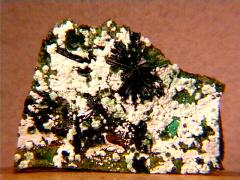
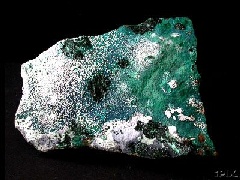


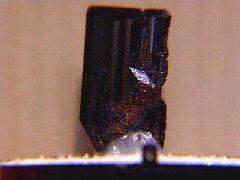
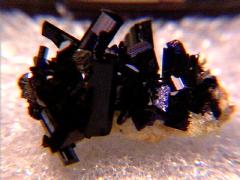
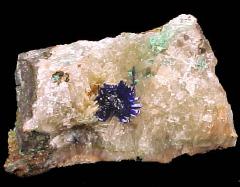


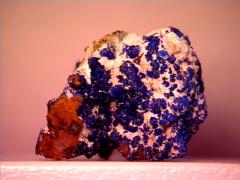






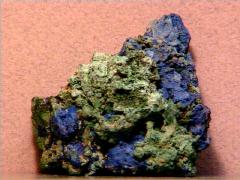

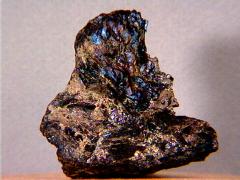




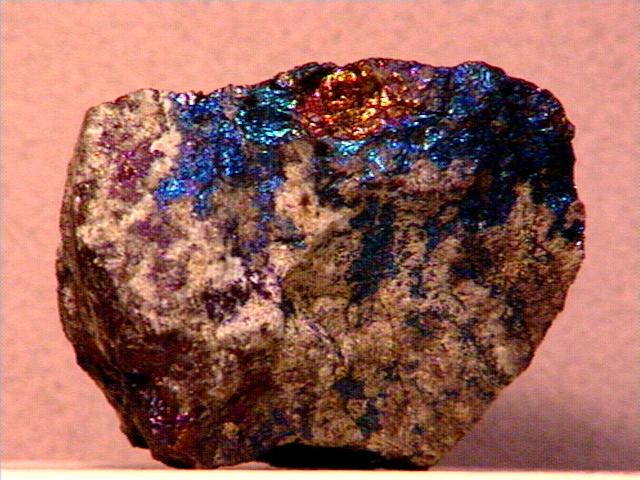


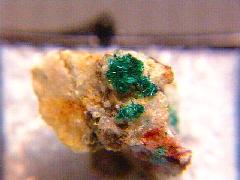
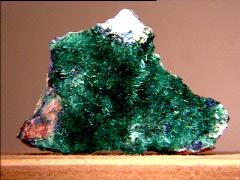






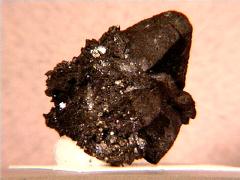
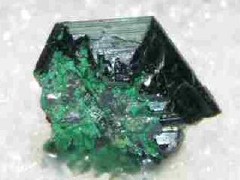
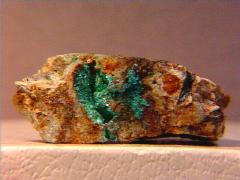

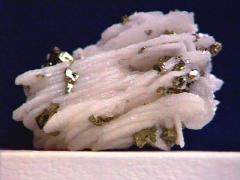
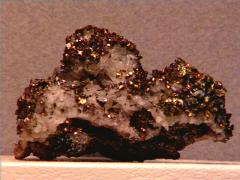

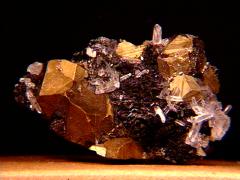
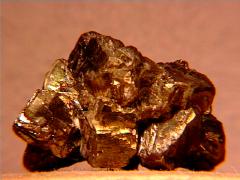




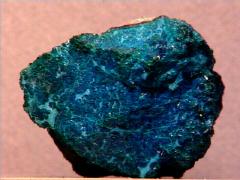
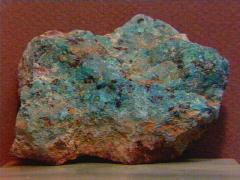


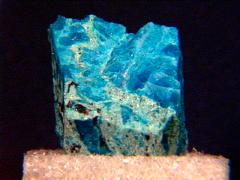
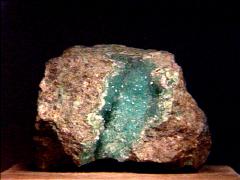
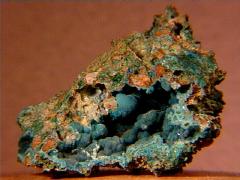
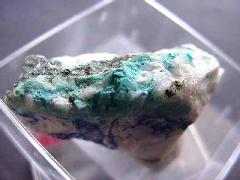
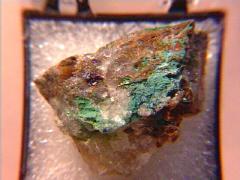
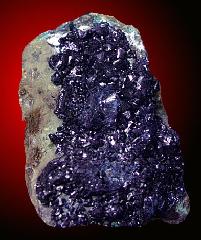
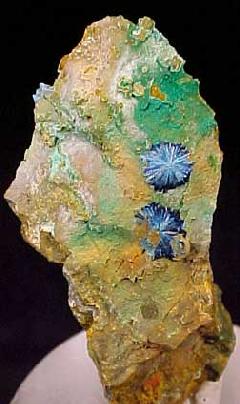
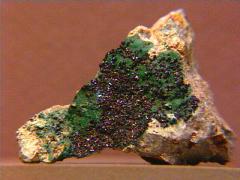

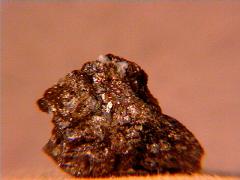
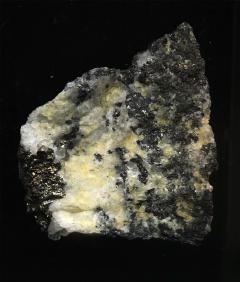



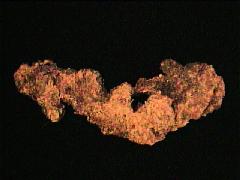


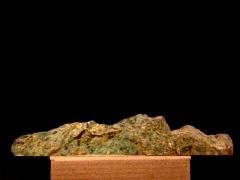



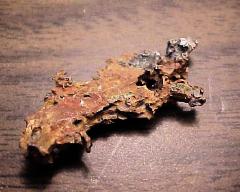
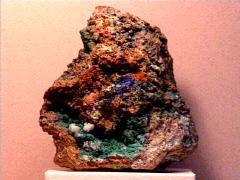


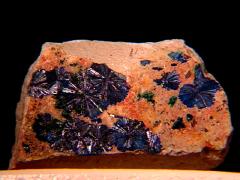
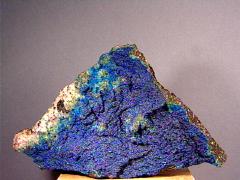

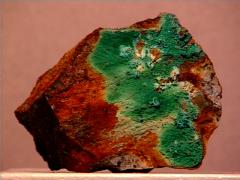


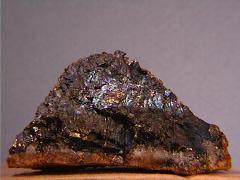
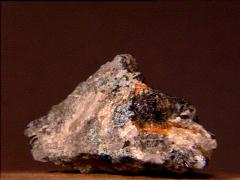


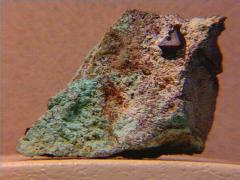


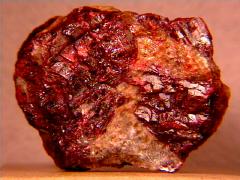
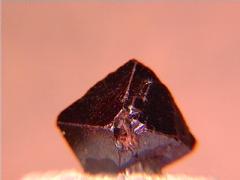

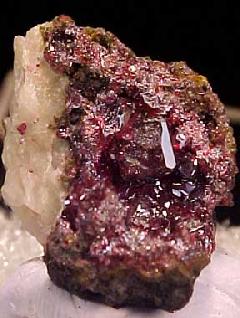


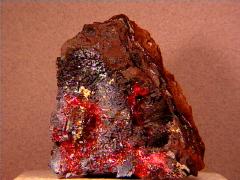


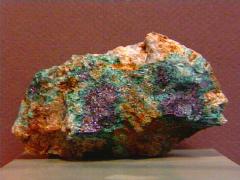

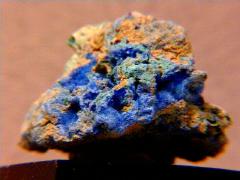

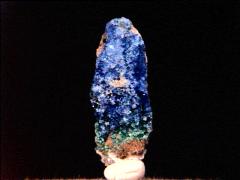




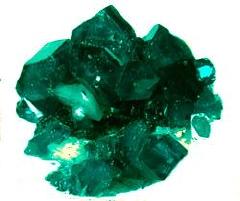



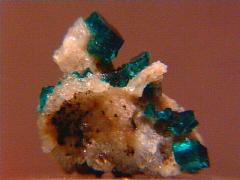








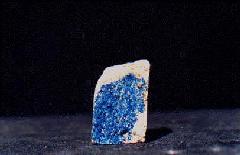


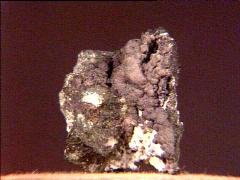
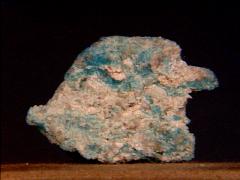
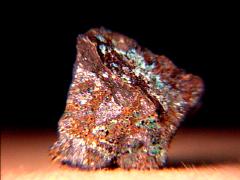





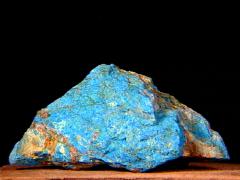

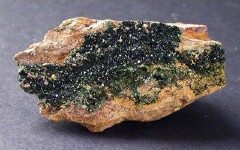


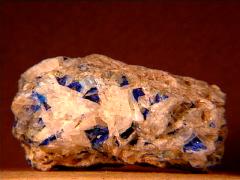
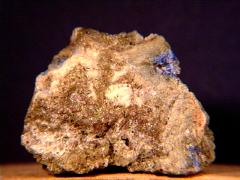


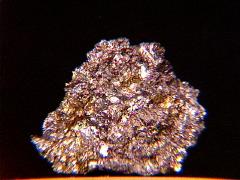
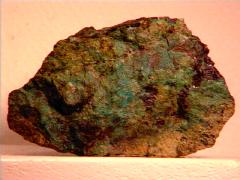
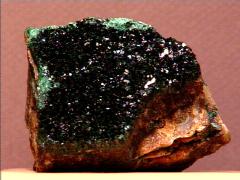
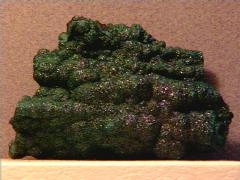




One can find several uses for pennies, aside from as currency. They can be used in art projects and so forth, but there aren't too many methods where one can make cash. However, one can if they sell pennies as copper bullion, as they can increase in value when used thusly. Get an installment loan to pay for things until your investment comes through.
ReplyDelete